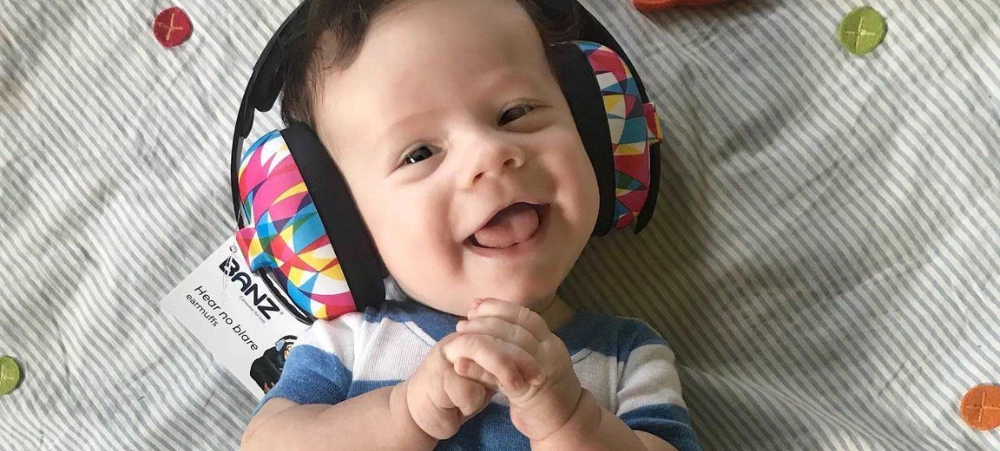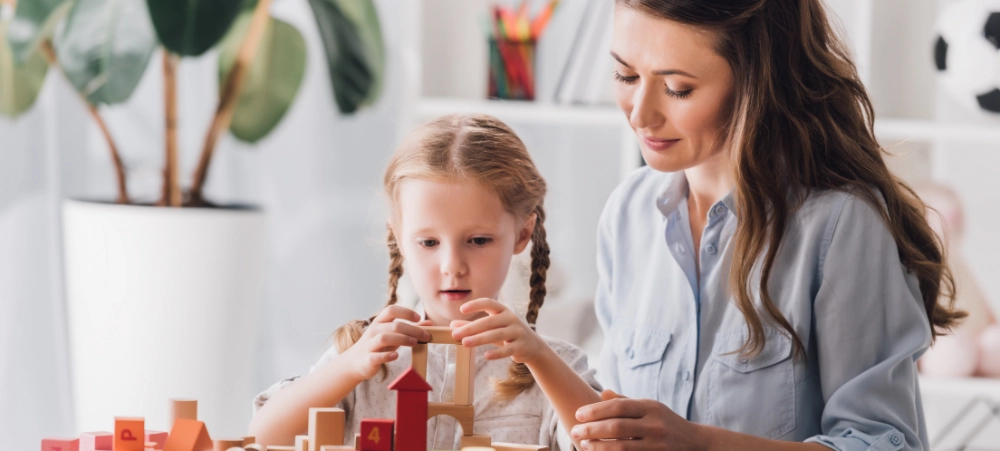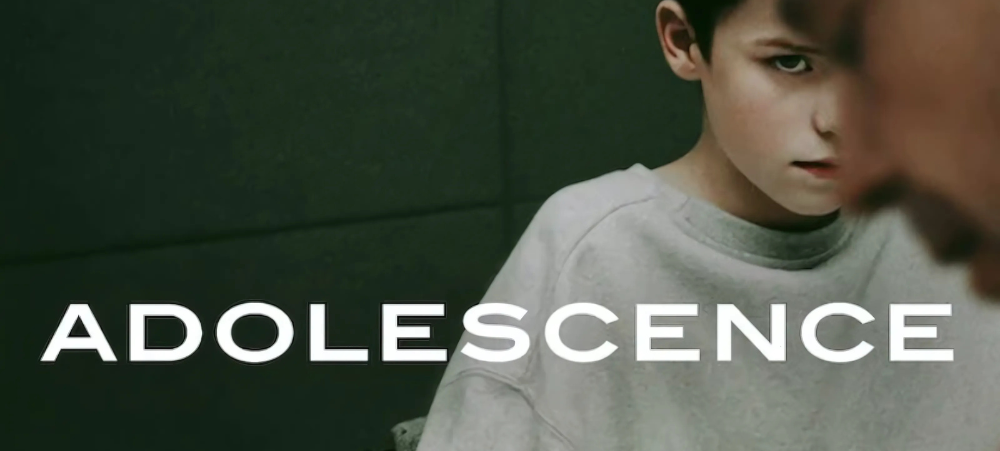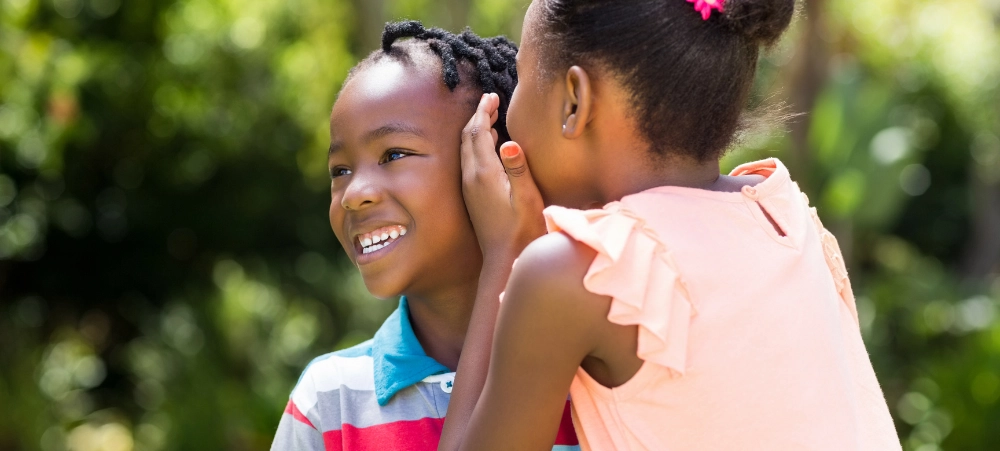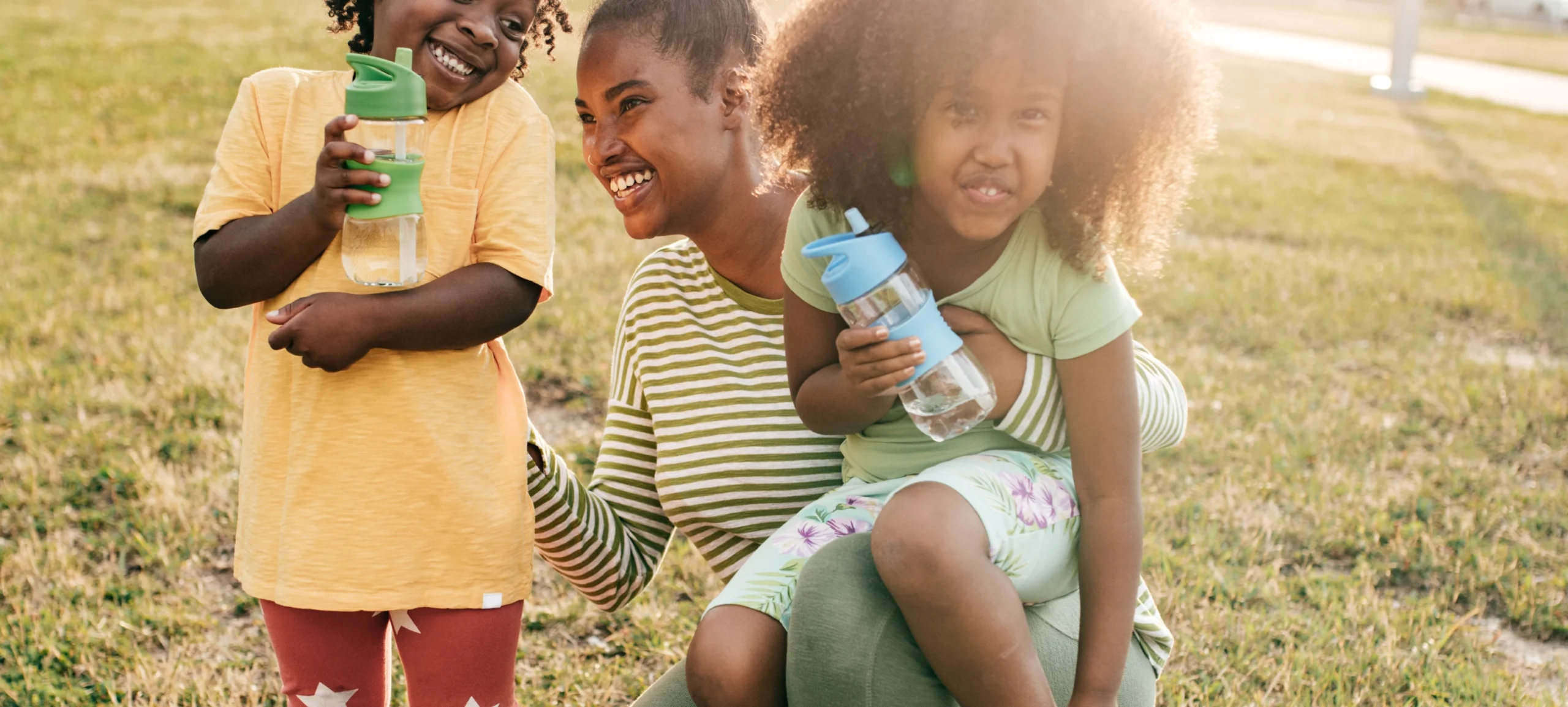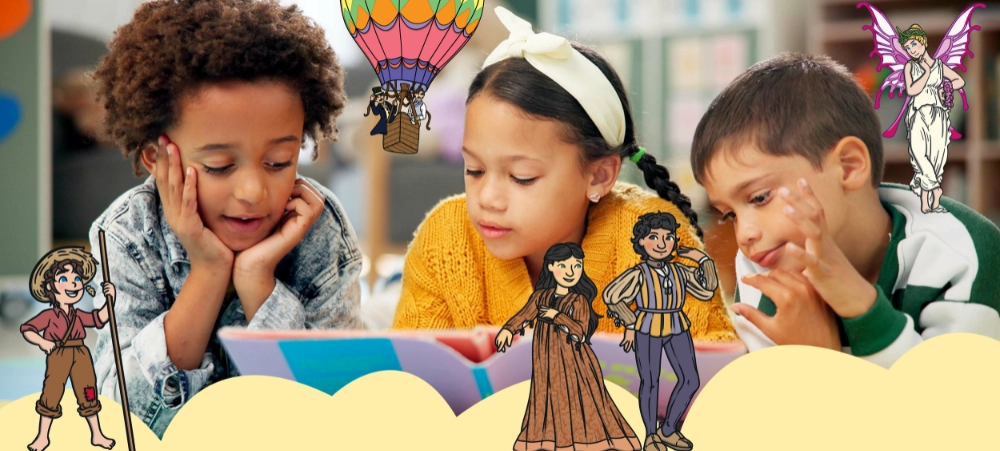
The Power of Skin-to-Skin Contact: Bonding Beyond Birth
Skin-to-skin contact, also known as “kangaroo care,” is one of the most powerful ways to bond with your newborn, and its benefits go far beyond that first touch. This practice involves holding your baby directly against your skin, often on the chest, in the first moments or hours after birth. But its importance doesn’t end there—skin-to-skin contact provides emotional, physical, and developmental benefits for both parents and babies that last long after birth. Let’s explore the reasons why skin-to-skin contact is so important for both you and your newborn. The Benefits of Skin-to-Skin Contact 1. Enhances Emotional Bonding From the moment your baby is placed on your chest, there’s a deep, emotional connection that begins to form. This first skin-to-skin contact can help reduce stress for both you and your baby and increase feelings of comfort and safety. Studies have shown that this intimate time can help strengthen the emotional bond between parents and their newborns, laying the foundation for trust, affection, and a secure attachment. How to Support It: 2. Regulates Baby’s Body Temperature One of the body’s remarkable reactions during skin-to-skin contact is its ability to regulate the baby’s body temperature. When placed against your chest, your body helps to keep your baby warm by providing a steady temperature, which is crucial for newborns who can’t regulate their body heat on their own. How to Support It: 3. Boosts Baby’s Immune System Skin-to-skin contact has been shown to support the newborn’s immune system by exposing them to beneficial bacteria found on the parent’s skin. This helps to boost your baby’s immune defenses, making them better prepared to fight infections. How to Support It: 4. Reduces Crying and Stress Research suggests that babies who experience regular skin-to-skin contact cry less and experience lower levels of stress. The comforting feeling of being close to their parent helps babies feel more secure, reducing their need to cry and helping to settle them. How to Support It: 5. Promotes Breastfeeding Success Skin-to-skin contact plays a significant role in establishing breastfeeding. The close contact helps stimulate your baby’s natural feeding instincts, making it easier for them to latch on and nurse. This can be particularly helpful in the early days when both mother and baby are learning to breastfeed. How to Support It: 6. Enhances Brain Development The calming, nurturing effects of skin-to-skin contact are not just beneficial for your baby’s emotional health—they also impact their brain development. Studies have shown that babies who experience more skin-to-skin contact in their early weeks tend to have better brain function and are more likely to meet developmental milestones earlier. How to Support It: The Role of Skin-to-Skin Contact for Parents Skin-to-skin contact is not only beneficial for the baby, but it also offers numerous advantages for parents. It can help reduce feelings of anxiety or postpartum depression, create a sense of confidence in new parents, and promote relaxation through the release of oxytocin (the “love hormone”). 1. Strengthens Parenting Confidence The more time you spend holding your baby skin-to-skin, the more confident you may feel in your ability to care for them. This bonding time helps parents learn their baby’s cues and needs, creating a stronger sense of connection and trust in their parenting skills. 2. Reduces Stress and Anxiety For many new parents, skin-to-skin contact can be a calming experience. It triggers the release of oxytocin, which reduces stress, anxiety, and even the risk of postpartum depression. This hormone can help you feel more relaxed and connected to your baby. How to Support It: 3. Encourages Bonding with Both Parents Skin-to-skin contact isn’t just for mothers—it’s important for fathers or second parents as well. Research shows that fathers who engage in skin-to-skin contact experience an increase in bonding hormones like oxytocin and can feel a stronger connection to their baby. How to Support It: How to Practice Skin-to-Skin Contact Final Thoughts Skin-to-skin contact is one of the most beneficial experiences for both you and your newborn. It not only creates a strong emotional bond but also promotes physical, developmental, and psychological benefits for both parents and babies. Whether you’re in the delivery room or at home, make time for this simple yet powerful practice. It’s one of the most meaningful ways to nurture your baby beyond birth. Sources:









